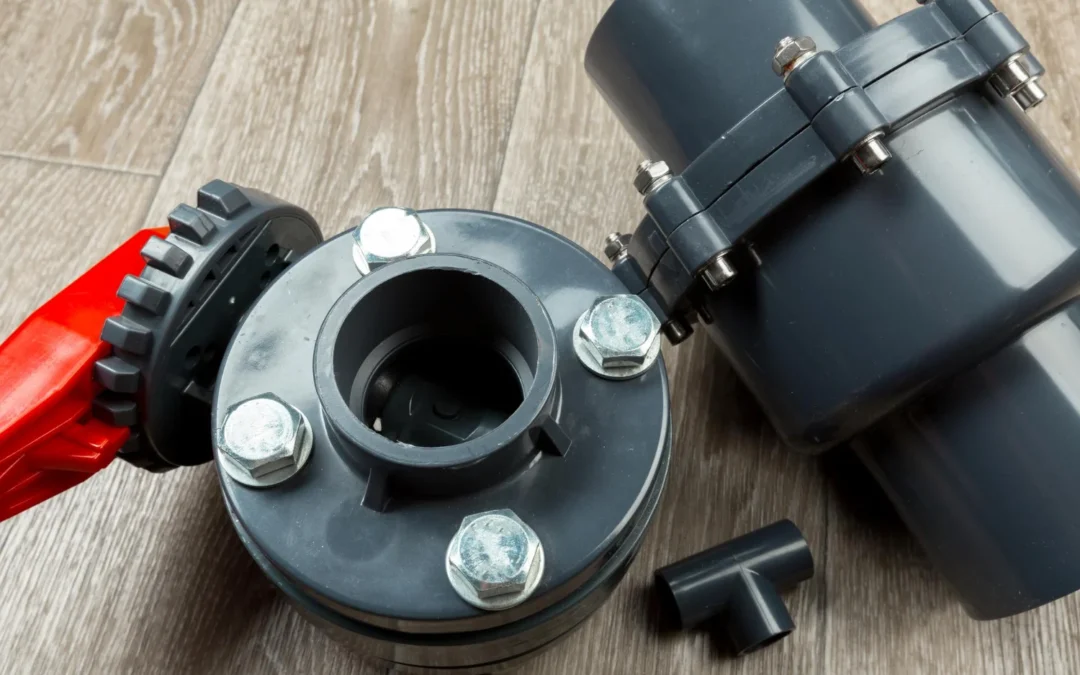The effective management of wastewater and stormwater is crucial for maintaining sanitary and safe living conditions, especially in modern urban and industrial settings. At the heart of this essential task lies drainage pumps, which play a central role in combating floods, evacuating water from basements, and ensuring that water is properly redirected to drainage systems. As one of the UK’s leading manufacturers and installers of sewage pumps and packaged pumping stations, we understand the importance of an efficient and reliable drainage pump system in safeguarding your property and the environment.
In this comprehensive guide, we will discuss everything you need to know about drainage pumps. From an overview of the various types of pumps available on the market to an examination of their wide range of applications, we aim to impart valuable knowledge and insights that will help you make informed decisions regarding your property or facility’s drainage system. Furthermore, our expert advice on maintenance best practices will ensure you maximise the efficiency and longevity of your drainage pumps, creating sustainable solutions for managing water effectively.
Types of Drainage Pumps
1. Submersible Pumps
Submersible drainage pumps are designed to operate fully submerged in water, providing exceptional efficiency and reliable performance. They are typically used in situations where large volumes of water need to be removed, such as flood-prone basements and industrial sumps.
2. Centrifugal Pumps
Centrifugal drainage pumps use a rotating impeller to create a flow of water, which then moves through a system of pipelines. These pumps are suitable for various applications, including domestic and commercial settings, as they come in different sizes and capacities.
3. Self-Priming Pumps
Self-priming drainage pumps are designed to automatically prime the pump with water, eliminating the need for manual priming. They are particularly beneficial for applications prone to air pockets or where the pump is located above the water source.
Applications of Drainage Pumps
1. Basement and Foundation Drainage
Drainage pumps are essential for homes and buildings with basements or foundations that require regular water removal. By efficiently pumping out excess water, drainage pumps help avoid issues such as mould, mildew, and dampness.
2. Stormwater Management
With increasing instances of extreme weather events and urbanisation, effective stormwater management is crucial. Drainage pumps play a critical role in controlling and diverting stormwater runoff, safeguarding properties and infrastructure from flooding or water damage.
3. Industrial and Construction Sites
Drainage pumps are indispensable on industrial and construction sites where wastewater or groundwater must be effectively managed, ensuring both productivity and environmental compliance.
4. Agricultural Applications
In agriculture, drainage pumps facilitate the removal of excess water from fields or irrigation systems, optimising crop yields and minimising water wastage.
Maintenance Tips for Drainage Pumps
1. Regular Inspections
Routine inspections are vital in identifying potential issues before they escalate. Check for any signs of wear and tear on the pump’s components, such as the impeller and seals. Additionally, monitor the pump’s performance, noting any fluctuations in efficiency or output.
2. Cleaning and Debris Removal
Keep the pump and its surroundings clean, ensuring that debris is not blocking the inlet or impeding the impeller’s motion. Regularly remove any accumulated debris from the pump housing and check for clogs in the system.
3. Lubrication and Seals
Drainage pumps with moving components require regular lubrication, preventing friction and increasing the lifespan of the pump. Similarly, check and replace worn seals or gaskets as needed, maintaining the efficiency and reliability of the pump.
4. Electrical Components
Regularly inspect the pump’s electrical components for any signs of damage or wear. Ensure that all connections are secure and functioning correctly, as electrical issues can greatly impact the pump’s performance.
5. Professional Support
Seek professional support for more complex or specialist maintenance tasks, such as internal component replacements or pump upgrades. Skilled technicians have the expertise and tools to carry out these tasks precisely and efficiently.
Conclusion
Drainage pumps play a vital role in effectively managing wastewater and stormwater across various sectors, including residential communities, commercial properties, and industrial facilities. By understanding the different types of drainage pumps and their diverse applications, property owners and managers can make informed decisions when developing effective water management systems. Implementing a proper maintenance schedule further guarantees the efficiency and longevity of these pumps, contributing to a sustainable and responsible approach towards water management.
As an industry leader in sewage pumps and packaged pumping stations, A&C Pumps Ltd possesses the valuable expertise and experience to assist in all aspects of managing and maintaining your drainage pumps. Whether you require guidance on choosing the right pump, or professional support for maintaining and servicing your existing system, our team is here to help. Reach out to us today and let our knowledgeable team provide you with the most effective drainage pumping systems for your specific needs.

